How to Choose the Right Fishing Gear for Lake Fishing
When it comes to lake fishing, having the right gear is essential for a successful and enjoyable experience. With so many options available, it can be overwhelming to choose the right fishing gear. However, by understanding the different types of fishing gear and what to look for, you can make an informed decision and select the best equipment for your needs.
Fishing Rods
The fishing rod is the most important piece of equipment when it comes to lake fishing. There are different types of fishing rods available, and selecting the right one depends on your fishing style and the type of fish you are targeting. The length, action, and power of the rod are some of the factors to consider when choosing a fishing rod.
Fishing Reels
The fishing reel is another essential piece of equipment that works in conjunction with the fishing rod. There are different types of fishing reels available, including spinning reels, baitcasting reels, and spincast reels. The type of reel you choose depends on your experience level and the type of fish you are targeting.
Fishing Line
The fishing line is the connection between the fishing rod and the fish. Choosing the right fishing line depends on the type of fish you are targeting, the fishing conditions, and your experience level. The fishing line’s strength, material, and diameter are some of the factors to consider when selecting the right fishing line.
Fishing Lures
Fishing lures are designed to attract fish and are available in different shapes, sizes, and colors. Selecting the right fishing lure depends on the type of fish you are targeting and the fishing conditions. Some popular types of fishing lures include crankbaits, jigs, and spinners.
By understanding the different types of fishing gear and what to look for, you can choose the right equipment for your lake fishing needs. With the right gear, you can increase your chances of catching fish and enjoy a successful and memorable fishing experience.
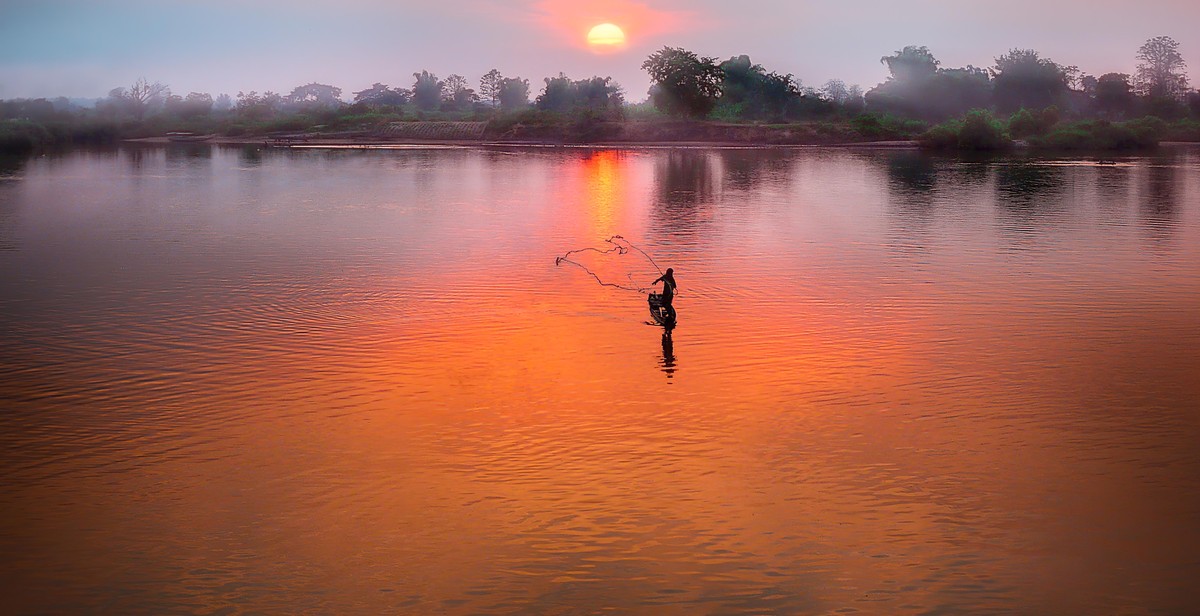
Understanding Lake Fishing
Lake fishing is a popular outdoor activity that requires the right gear and techniques to catch fish. Before you head out to the lake, it’s important to understand the types of fish you might encounter and the best techniques to use.
Types of Fish Found in Lakes
Lakes are home to a variety of fish species, including:
- Bass – both largemouth and smallmouth
- Trout – rainbow, brown, and lake
- Pike
- Walleye
- Crappie
- Bluegill
Each species has its own habits and preferences, so it’s important to research the specific fish you’re hoping to catch before you head out.
Lake Fishing Techniques
There are several techniques to use when fishing in a lake:
- Trolling: This involves dragging bait or lures behind a boat at a slow speed to cover a large area of water.
- Casting: This involves throwing a bait or lure with a rod and reel to a specific location.
- Still-fishing: This involves baiting a hook and dropping it into the water, waiting for a fish to bite.
- Jigging: This involves using a jig, or weighted lure, to bounce up and down in the water to attract fish.
Each technique requires different gear and strategies, so it’s important to choose the right one for the type of fish you’re targeting and the conditions of the lake.
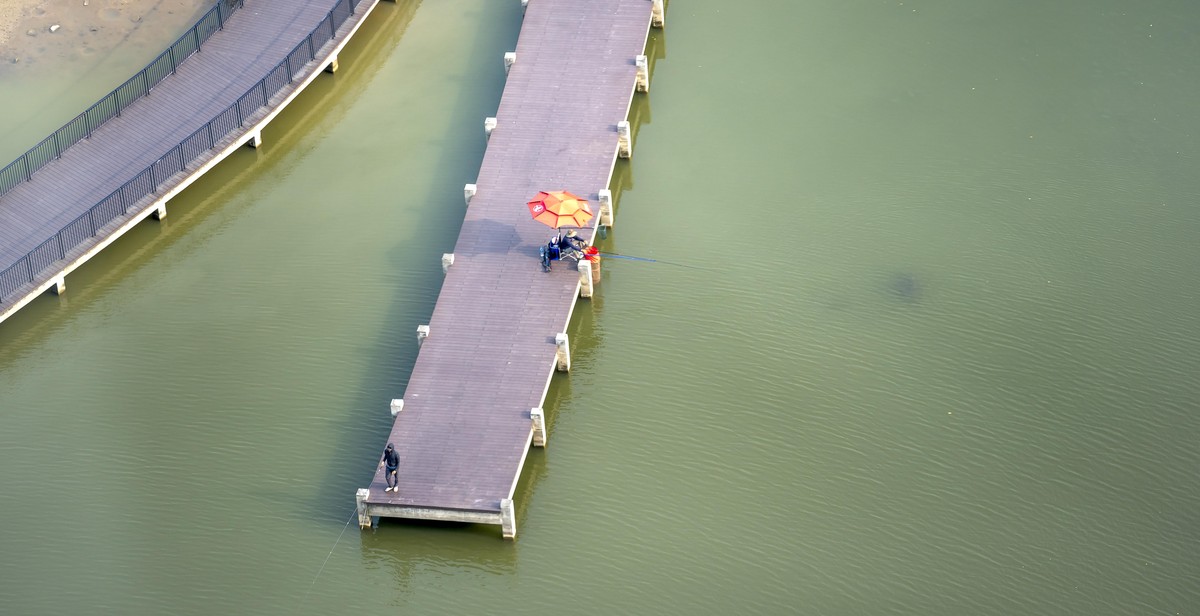
Choosing the Right Fishing Rod for Lake Fishing
When it comes to lake fishing, choosing the right fishing rod is crucial for a successful and enjoyable fishing experience. Here are some factors to consider:
Length and Action of the Rod
The length and action of the rod are important factors to consider when choosing a fishing rod for lake fishing. The length of the rod will affect the casting distance and the action will affect how sensitive the rod is to the movements of the fish. A longer rod will allow for longer casts and better control over the fish. A fast action rod will be more sensitive and allow for quicker hook sets, while a slower action rod will be more forgiving and better suited for beginners.
Rod Material and Power
The material and power of the rod will also affect its performance. Graphite rods are lightweight and sensitive, making them ideal for lake fishing. Fiberglass rods are more durable and better suited for larger fish. The power of the rod refers to its strength and ability to handle different types of fish. Light power rods are best for small fish, while heavy power rods are better suited for larger fish.
Handle and Grip
The handle and grip of the rod are important for comfort and control. Cork and EVA foam handles are popular choices for their comfort and durability. The grip should also be designed to provide a secure hold, even when wet. A good grip will allow for better control over the rod and better hook sets.
| Factor | Consideration |
|---|---|
| Length and Action | Longer rods for longer casts, fast action for sensitivity |
| Rod Material and Power | Graphite for lightweight and sensitivity, fiberglass for durability, light/heavy power for different fish sizes |
| Handle and Grip | Cork or EVA foam handles for comfort and durability, secure grip for control |
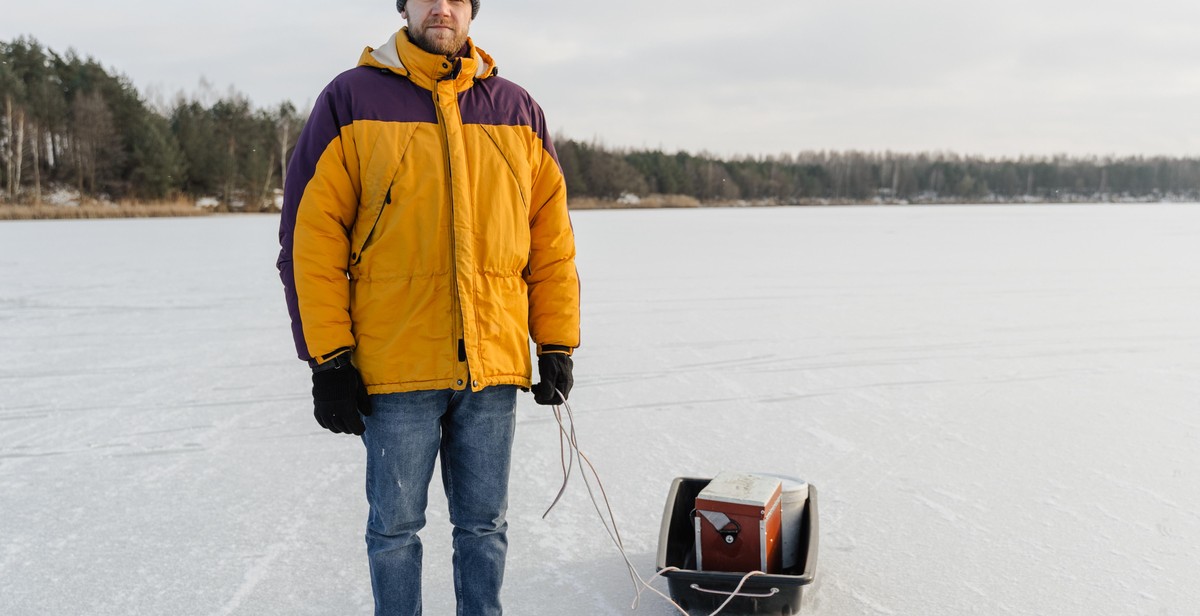
Selecting the Right Reel for Lake Fishing
Choosing the right reel for lake fishing is crucial to ensure an enjoyable and successful fishing experience. There are several factors to consider when selecting a reel, including the types of reels, reel gear ratio and size, and drag system.
Types of Reels
There are three primary types of reels for lake fishing: spinning reels, baitcasting reels, and spincast reels. Spinning reels are the most popular type of reel for lake fishing due to their ease of use and versatility. Baitcasting reels are more advanced and offer greater accuracy and control, but require more skill to operate effectively. Spincast reels are beginner-friendly and easy to use, but may not be suitable for larger fish or heavy lures.
Reel Gear Ratio and Size
The gear ratio of a reel determines the speed at which the spool rotates. A higher gear ratio means a faster retrieve, while a lower gear ratio provides more power. When selecting a reel for lake fishing, consider the size of the fish you are targeting and the type of lure you will be using. A larger fish or heavier lure may require a reel with a lower gear ratio and larger size to provide the necessary power and line capacity.
Drag System
The drag system of a reel is responsible for controlling the amount of resistance on the fishing line. It is important to select a reel with a smooth and reliable drag system to prevent the line from breaking or the fish from escaping. Look for reels with adjustable drag systems that can be fine-tuned to match the size and strength of the fish you are targeting.
| Reel Type | Advantages | Disadvantages |
|---|---|---|
| Spinning Reels | Easy to use, versatile | May not be suitable for heavy lures or large fish |
| Baitcasting Reels | Greater accuracy and control | Require more skill to use effectively |
| Spincast Reels | Beginner-friendly, easy to use | May not be suitable for larger fish or heavy lures |
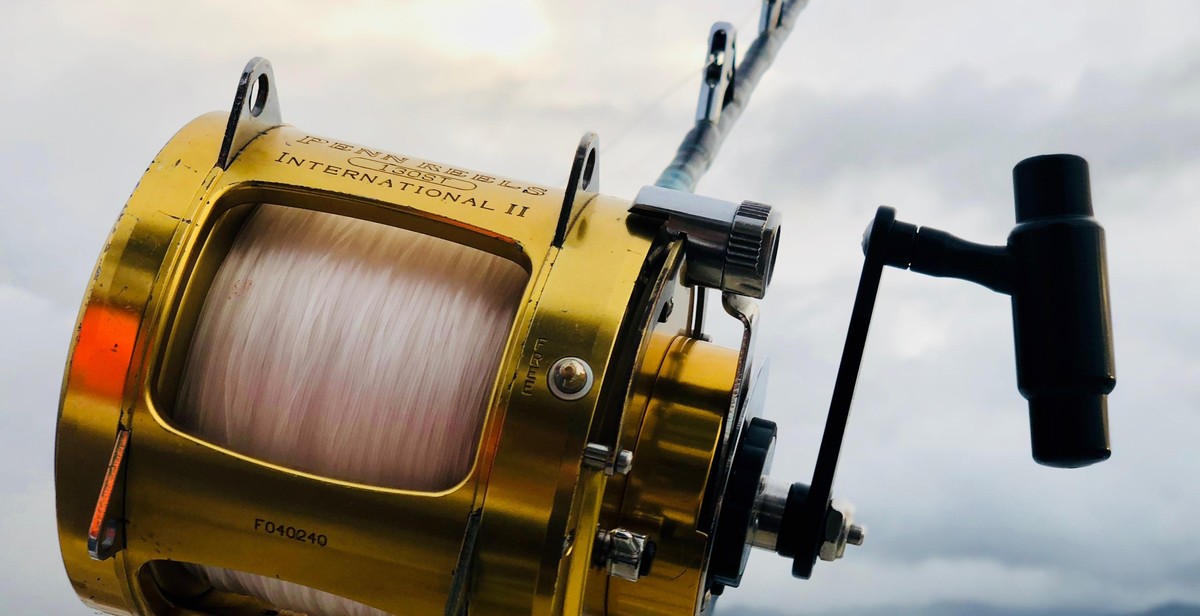
Picking the Best Fishing Line for Lake Fishing
Fishing line is an essential component of any angler’s gear, and choosing the right one can make a big difference in your success on the lake. When selecting a fishing line for lake fishing, there are several factors to consider:
Types of Fishing Lines
There are three main types of fishing lines: monofilament, fluorocarbon, and braided lines. Monofilament lines are versatile and easy to handle, making them a popular choice for lake fishing. Fluorocarbon lines are virtually invisible in the water and are ideal for clear lake conditions. Braided lines are incredibly strong and durable, making them suitable for larger fish species.
Fishing Line Strength and Diameter
The strength and diameter of your fishing line will depend on the type of fish you are targeting. Thicker lines are stronger and better suited for larger fish, while thinner lines are more sensitive and better for smaller fish. As a general rule, choose a fishing line with a strength rating that is equal to or slightly greater than the weight of the fish you are targeting.
Fishing Line Color
The color of your fishing line can also play a role in your success on the lake. Clear lines are ideal for clear water conditions, while green, blue, or brown lines are better suited for murky water. Consider the water conditions of the lake you will be fishing in and choose a line color that will blend in with the surroundings.
| Type | Strength | Diameter | Visibility |
|---|---|---|---|
| Monofilament | Low to High | Thick to Thin | Visible |
| Fluorocarbon | Low to High | Thick to Thin | Invisible |
| Braided | High | Thick | Visible |
By considering the types of fishing lines, fishing line strength and diameter, and fishing line color, you can choose the best fishing line for lake fishing that will increase your chances of a successful catch.
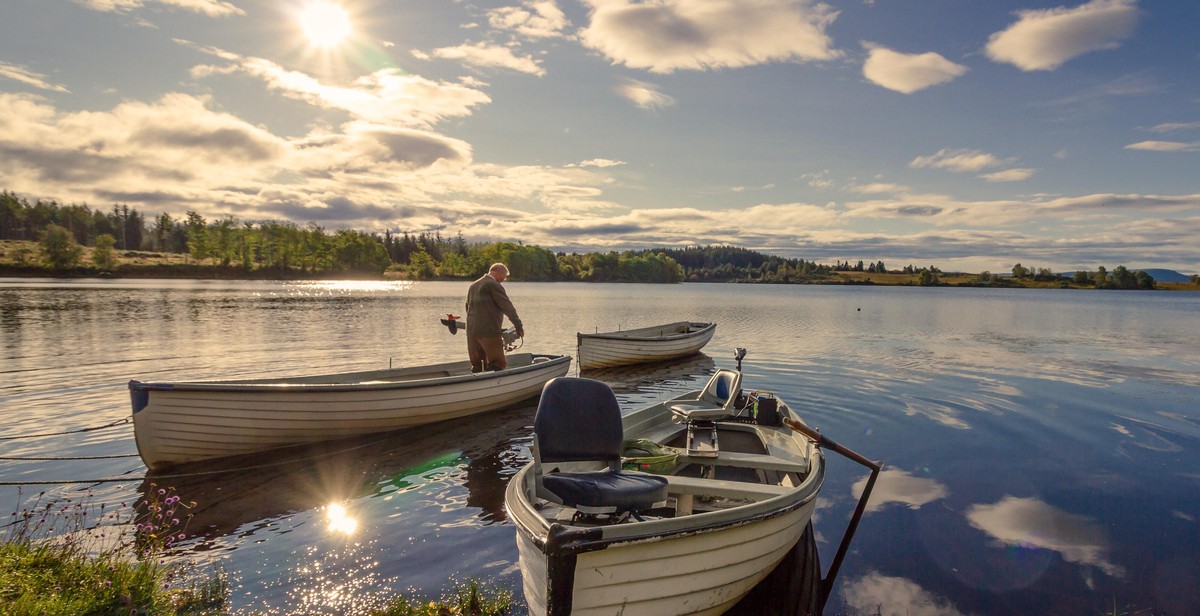
Choosing the Right Fishing Lures for Lake Fishing
When it comes to lake fishing, choosing the right fishing lure is crucial for a successful catch. Lures are designed to mimic the natural prey of the fish you are targeting, and should be chosen based on the type of fish you want to catch, the size of the lure, its color, and its action.
Types of Lures
There are several types of lures that are commonly used for lake fishing, including:
- Spinnerbaits: These lures have a spinning blade that creates vibration and flash to attract fish.
- Crankbaits: These lures imitate swimming prey and come in a variety of shapes and sizes.
- Jigs: These lures have a weighted head and a soft body that mimics a variety of prey.
- Topwater lures: These lures float on the surface of the water and imitate insects or small fish.
Lure Size and Color
The size and color of your lure will depend on the type of fish you are targeting and the conditions of the lake. Larger lures are typically used for larger fish, while smaller lures are used for smaller fish. The color of your lure should match the natural prey of the fish you are targeting. Bright colors are often used in murky water, while more natural colors are used in clear water.
Lure Action
The action of your lure refers to how it moves through the water. Some lures have a natural swimming action, while others require the angler to manipulate the lure to create movement. The action of your lure should mimic the natural movement of the fish you are targeting.
| Type of Lure | Size | Color | Action |
|---|---|---|---|
| Spinnerbaits | Varies | Bright or natural | Spinning blade creates vibration and flash |
| Crankbaits | Varies | Bright or natural | Imitates swimming prey |
| Jigs | Varies | Bright or natural | Mimics a variety of prey |
| Topwater lures | Varies | Bright or natural | Floats on surface and imitates insects or small fish |
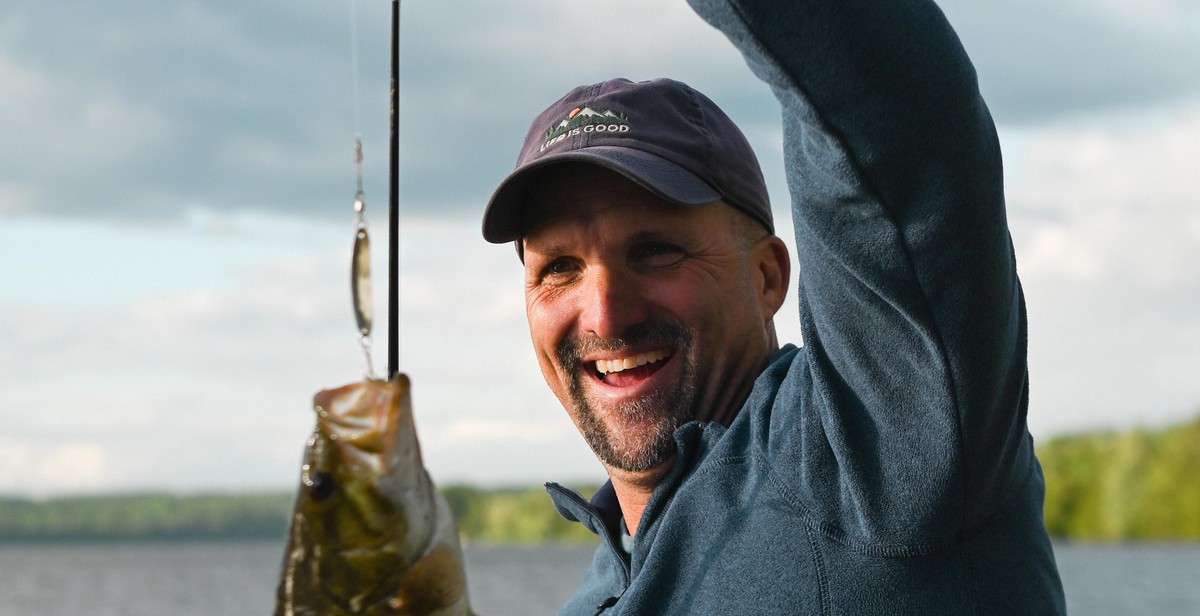
Selecting the Right Fishing Hooks for Lake Fishing
When it comes to lake fishing, selecting the right fishing hook can make all the difference in your success. Here are some factors to consider:
Types of Hooks
There are several types of hooks available for lake fishing. The most common ones are:
- J-hooks: These hooks are shaped like the letter “J” and are great for catching larger fish.
- Circle hooks: These hooks are designed to hook the fish in the corner of its mouth, reducing the chance of injury and increasing the chance of a successful catch and release.
- Treble hooks: These hooks have three points and are commonly used for catching smaller fish.
Hook Size and Shape
The size and shape of the hook you choose will depend on the type of fish you are targeting. A larger fish will require a larger hook, while a smaller fish will require a smaller hook. The shape of the hook can also affect your success. For example, a wider gap hook will allow for a better hook set.
Hook Material
Hook material can also play a role in your success. Most hooks are made of either stainless steel or high-carbon steel. Stainless steel hooks are more corrosion-resistant, while high-carbon steel hooks are stronger and more durable.
| Hook Type | Pros | Cons |
|---|---|---|
| J-hooks | Great for larger fish | May cause injury to fish if not hooked properly |
| Circle hooks | Reduces chance of injury to fish | May require a different hook set technique |
| Treble hooks | Good for catching smaller fish | May cause more damage to fish if not hooked properly |
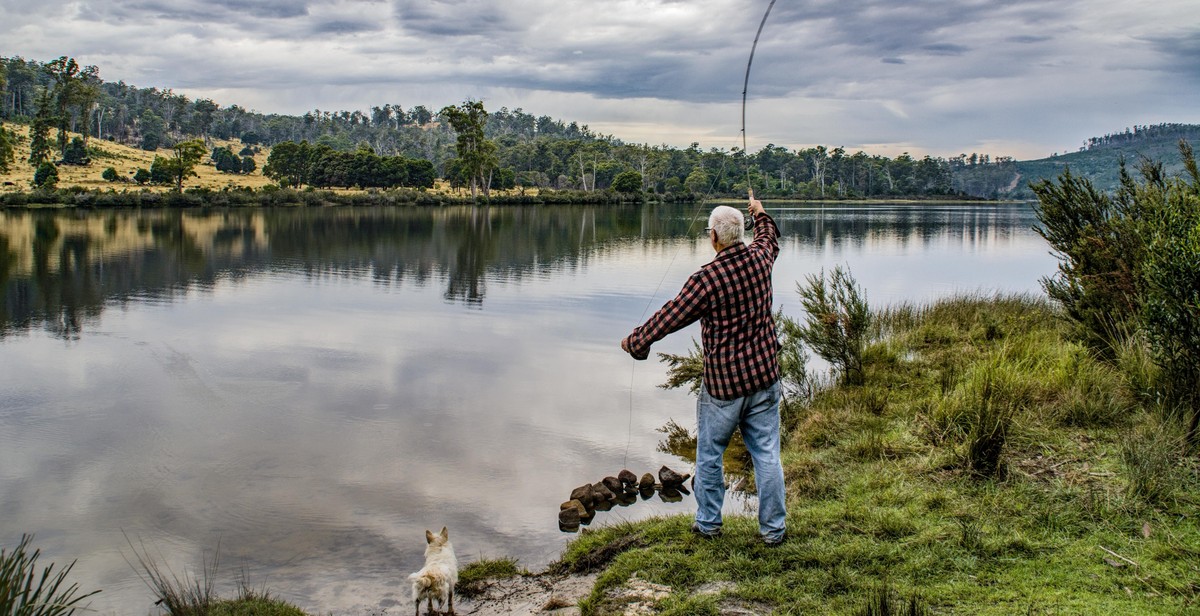
Conclusion
Choosing the right fishing gear for lake fishing can be a daunting task, especially for beginners. However, with the right knowledge and guidance, you can easily select the right equipment that will suit your needs and preferences. Remember, the gear you choose will have a significant impact on your fishing experience, so it’s essential to choose wisely.
Consider the Fishing Location
When choosing fishing gear, it’s crucial to consider the location where you will be fishing. Different types of lakes have different types of fish, and you need to choose equipment that is suitable for the type of fish you are targeting. Additionally, you need to consider the water depth, weather conditions, and other factors that can affect your fishing experience.
Choose the Right Rod and Reel
The rod and reel are the most critical components of your fishing gear. You need to choose a rod that is suitable for the type of fish you are targeting and the technique you plan to use. Additionally, you need to choose a reel that matches the rod and is suitable for the size of the fish you are targeting.
Invest in Quality Fishing Line
The fishing line is another critical component of your fishing gear. You need to invest in a high-quality fishing line that is strong, durable, and suitable for the type of fish you are targeting. Additionally, you need to choose a line that matches the weight of your rod and reel.
Choose the Right Lures and Baits
Lastly, you need to choose the right lures and baits that are suitable for the type of fish you are targeting. Different types of fish have different feeding habits, and you need to choose lures and baits that mimic their natural prey. Additionally, you need to consider the color, size, and shape of the lures and baits.
Overall, choosing the right fishing gear for lake fishing requires careful consideration and research. By following the tips outlined in this article, you can choose the right equipment that will help you catch more fish and enjoy your fishing experience.
